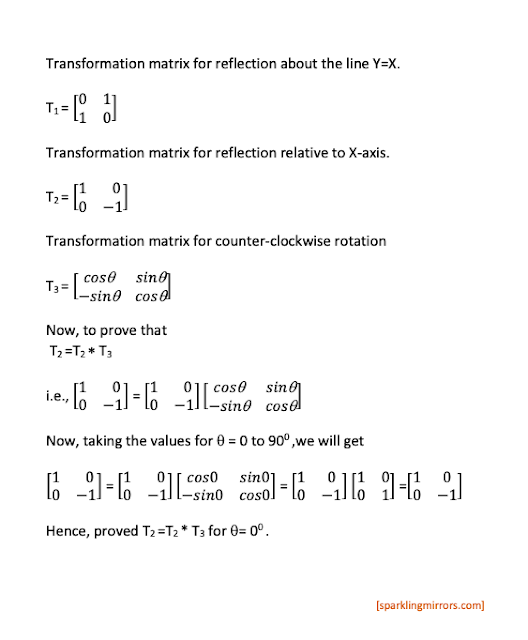Linear programming problem Using simplex method.
Question : Max Z = 6X + 8Y subject to, 30X + 20Y ≤ 300 5X + 10Y ≤110 X,Y ≥ 0 Solution : Step 1 : First of all,Convert the above equations in standard form.And,then Add S1 ,S2 in the equation (i) & (ii) respectively in L.H.S Side with coefficient 1. While in the objective function add or subtract (It doesn't affect the equation) S1 & S2 with coefficient 0 in L.H.S. Note 1: If there was greater or equal to sign (≥) in the equation then you have to subtract S1 & S2 respectively in the L.H.S. Note 2: We had taken here only two variables S1 & S2 because here we have only two equations other than objective function. ...





